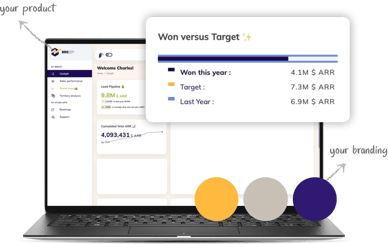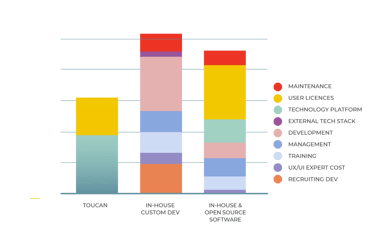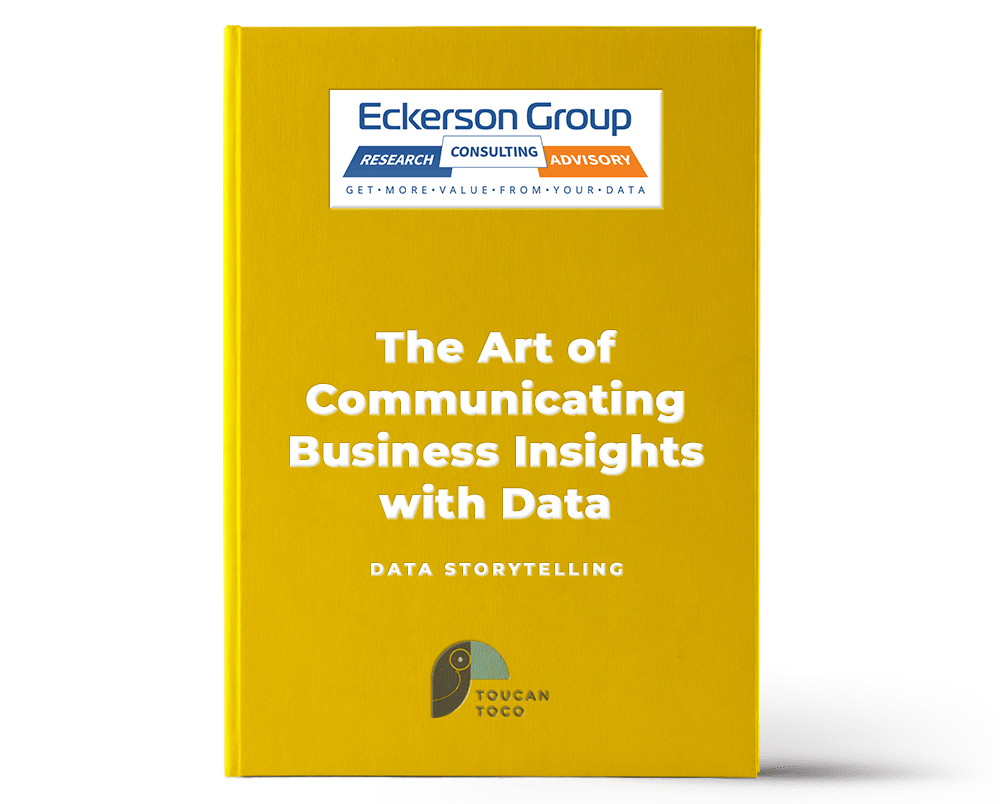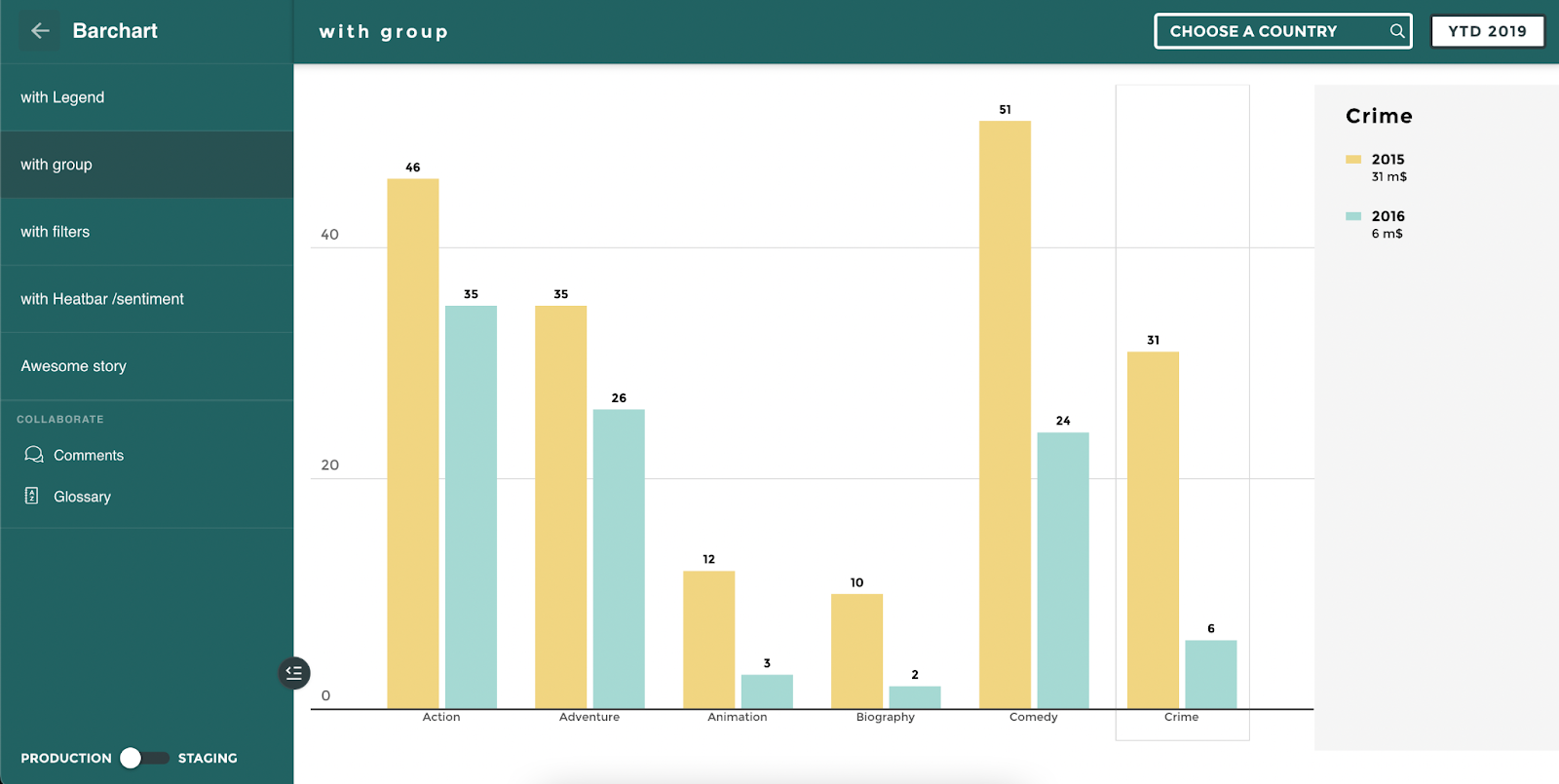When faced with the need to embed analytics into an application, most software providers arrive at the crossroads of the “build versus buy” decision.
Why Build Or Code?
The first instinct for many application developers is to build the necessary reporting functionality with the help of code libraries or charting components. What invariably happens over time is that users ask for more functionality, more flexibility in their analysis, and more methods to gain insight without your help. Very few customers want to simply extract data into an excel file. Most customers these days want to be able to build custom dashboards and visualizations as they learn the product. With increasing demand, it becomes difficult to build analytics in a scalable way.
Application providers who stay on the “build” track are committing to staffing significant resources in developing, supporting, and keeping up with advances in data visualizations and business intelligence over the long term.

Why Buy?
Many software organizations are under pressure from customers or competitors to improve analytics capabilities, and they do not have the time or resources to build on their own. In fact, in every survey conducted with software providers, the top reasons for embedding with a third-party product are:
-
Cost to build and maintain capabilities on their own – It can be expensive to initially develop, provide ongoing support, and continually enhance analytics capabilities.
-
Need to get to market faster – There is usually a small window of time available to satisfy customers, differentiate a product offering, and stand out in the marketplace.
-
Desire to have internal resources focused on core application functionality – Delivering functionality with a third party makes the development team more efficient and frees up resources for your core product.

Evaluating the build and the buy options requires an understanding of the targeted functionality to be implemented, the level of integration required and a cost/benefit analysis.
Defining the Time Frame
As a general rule of thumb, we take 3-5 years as the time frame in which we compare technology implements. So how will building your own analytics solution compare to embedding an analytics solution in this timeframe?
BENEFITS
|
Build |
Buy |
|
|
Benefits Summary |
|
|
Compared to coding on your own, utilizing a third-party product will get more capabilities in less time. The faster path to value usually drives the “buy” decision. If you are building quantitative ROI models, that difference in time will show up as achieving a breakeven point earlier in the project lifecycle.
How to ensure you’re making the right decision
Making a "build vs. buy" decision has a significant impact on the direction of your business in the future, so it is important that you don't rush the decision.
Here is a decision-making frameworks that can help you make the right call.
The MoSCoW framework
This framework is named after the acronyms M (Must have), S (Should have), C (Could have), W (Won't have). It helps product teams understand the significance of the options at hand and prioritize the features they want to build (or buy).
The MoSCoW consists of four categories:
- Must-haves: Non-negotiable features
- Should-haves: Important features
- Could-haves: Nice-to-have features
- Will-not-haves: Lower priority features
For the purpose of the “build vs. buy” decision, this framework can be useful in two ways:
- Consider using it when evaluating third-party solutions. Knowing exactly which features are must-haves and which don't add any value to your use case can help you prioritize features more quickly.
- For custom development, this framework can help you figure out which engineers need to be hired and what skills they should have.
It is essential that the product strategy, the goals, and the priority elements are aligned before using this framework. Once you have determined the resources to allocate to each category, you can discuss how your team will resolve any potential disagreements.
ROI ON Embedded Analytics
By building a cost-benefit analysis over time, you can calculate the ROI for each buy or build option. Here is the ROI formula.
ROI [%] = Benefit / Costs - 1
-
Benefits – This is a combination of strategic benefits (e.g., revenue increase) and operational benefits (e.g., cost reduction).
-
Costs – This is your investment to develop and maintain the solution.
-
“-1” – The formula assures that a positive ROI is achieved only when benefits exceed the costs.
If it's tough to understand the exact benefits and costs that an embedded solution would offer.
To some, “build” may seem like the obvious choice for embedding analytics functionality in their application. However, even if it looks like the less costly option from an investment standpoint, it may not be the most worthwhile option. Let’s look at this graph.

Suppose the desired functionality requires one full-time developer to go to market in 8 months (equivalent to $100,000). And, it takes one-third of their time to support and enhance the capabilities in subsequent years ($40,000 annually). Adding up the technology, UX/UI, platform and management cost. We end up with a total of around 259K for year 3.
Now with the equivalent “buy” you don't have to any of the above-mentioned costs. It is only technology and licensing costs, which amount to approximately half the cost of building your analytics (or lower) depending on company size and the number of users for year 3. The development time goes down from 8 months to one month. With lower initial costs and quick go-to-market, you break even much sooner than if you decided to build.
This is probably an oversimplified example, but the point is to assess both the benefits and costs when building a business case based on a comparison of ROI.
Trends in software purchase
Over the last three decades, companies have experienced a significant shift in the way they acquire and use software. When the industry was in its infancy, the majority of software was custom-built for individual organizations. The process was time-consuming and costly, but it was the only option available.
With the development of the industry, commercial off-the-shelf (COTS) software became more prevalent. All organizations are able to purchase this type of software since it is pre-built. In general, it is less expensive and quicker to implement than custom-built solutions.
Software as a Service (SaaS) has become increasingly popular over the past decade. As part of this model, software is delivered via the internet on a subscription basis.
The cost of a custom solution is typically lower than a COTS solution, and it can be implemented quickly with only a minimal initial investment. The trend towards SaaS is likely to continue in the coming years, as more companies move away from building solutions in-house.
For more information on the pros and cons of embedding analytics check out The Ultimate Guide to Embedded Analytics.





